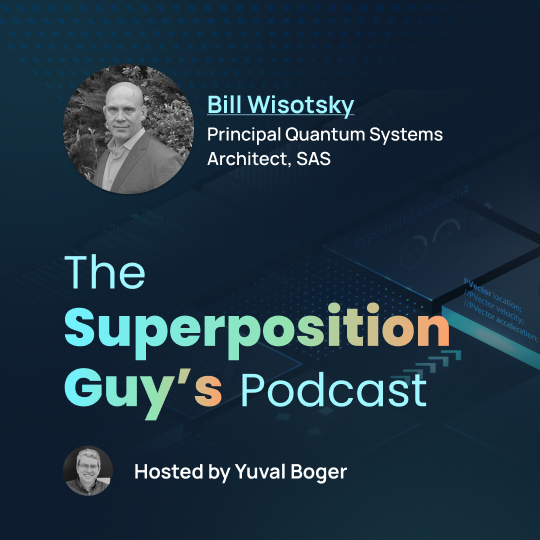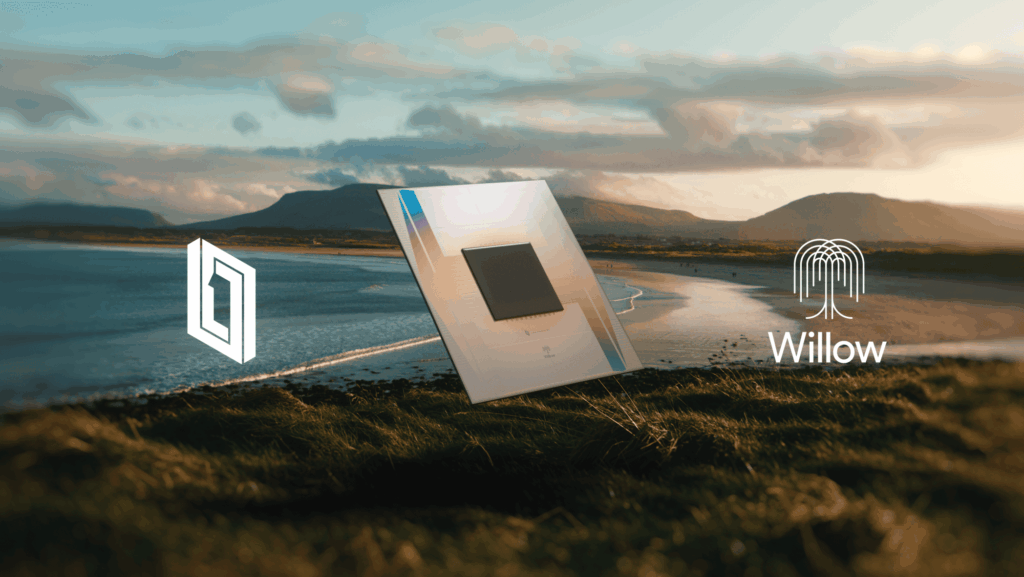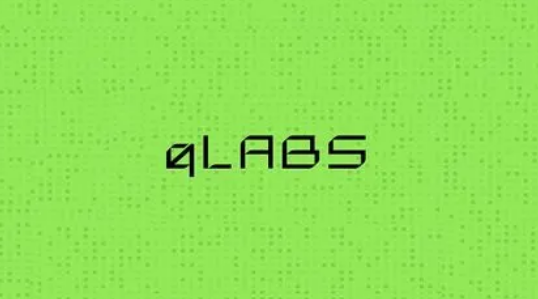Insider Brief
- NVIDIA and Quantum Machines announced new architecture for researchers working in high-performance and low-latency quantum-classical computing.
- Researchers can use the system to build extraordinarily powerful applications that combine quantum computing with state-of-the-art classical computing.
- Critical Quote: “Quantum-accelerated supercomputing has the potential to reshape science and industry with capabilities that can serve humanity in enormous ways. NVIDIA DGX Quantum will enable researchers to push the boundaries of quantum-classical computing.” — Tim Costa, director of HPC and quantum at NVIDIA.
PRESS RELEASE — NVIDIA today announced a new system built with Quantum Machines that provides a revolutionary new architecture for researchers working in high-performance and low-latency quantum-classical computing.
The world’s first GPU-accelerated quantum computing system, the NVIDIA DGX Quantum brings together the world’s most powerful accelerated computing platform — enabled by the NVIDIA Grace Hopper Superchip and CUDA Quantum open-source programming model — with the world’s most advanced quantum control platform, OPX, by Quantum Machines.
The combination allows researchers to build extraordinarily powerful applications that combine quantum computing with state-of-the-art classical computing, enabling calibration, control, quantum error correction and hybrid algorithms.

“Quantum-accelerated supercomputing has the potential to reshape science and industry with capabilities that can serve humanity in enormous ways,” said Tim Costa, director of HPC and quantum at NVIDIA. “NVIDIA DGX Quantum will enable researchers to push the boundaries of quantum-classical computing.”
At its heart, DGX Quantum features a NVIDIA Grace Hopper system connected by PCIe to Quantum Machines OPX+, enabling sub-microsecond latency between GPUs and quantum processing units (QPUs).
“We are heading toward a new age of quantum computing that is more accessible to more researchers than ever,” said Itamar Sivan, co-founder and CEO of Quantum Machines. “Our collaboration with NVIDIA on the DGX Quantum system will enable a new generation of innovators to solve some of the world’s greatest challenges.”
Grace Hopper — which integrates the high-performance NVIDIA Hopper architecture GPU with the company’s new Grace CPU — is supercharged for giant-scale AI and HPC applications. It delivers up to 10x higher performance for applications running terabytes of data, giving quantum-classical researchers unprecedented power to solve the world’s most-complex problems.
OPX+ is a universal quantum control system, which brings real-time classical compute engines into the heart of the quantum control stack to maximize performance of any QPU and open new possibilities in quantum algorithms. Both the Grace Hopper and OPX+ systems can be scaled to fit the size of the system, from a few-qubit QPU to a quantum-accelerated supercomputer.
DGX Quantum also equips developers with NVIDIA CUDA Quantum, a powerful unified software stack now available in open source. CUDA Quantum is a hybrid quantum-classical computing platform that enables integration and programming of QPUs, GPUs and CPUs in one system.
NVIDIA announced a new group of partners integrating CUDA Quantum into their platforms, including quantum hardware companies Anyon Systems, Atom Computing, IonQ, ORCA Computing, Oxford Quantum Circuits, and QuEra; quantum software companies Agnostiq and QMware; and supercomputing centers National Institute of Advanced Industrial Science and Technology, , CSC – IT Center for Science, and NCSA.
Learn more about NVIDIA DGX Quantum and CUDA Quantum at GTC.
For more market insights, check out our latest quantum computing news here.


















